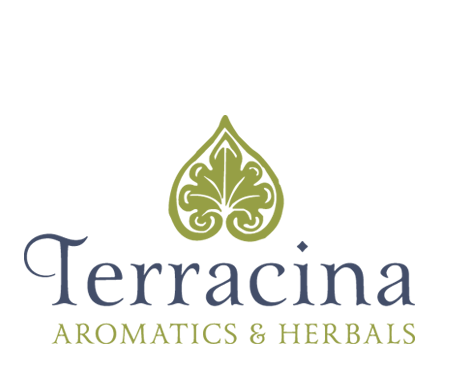What Does Acupuncture Do? By David Tircuit, L.Ac
A question I am often asked is, “What does acupuncture do?”. While most people know it can be used to address a wide variety of health concerns and injuries, how it works can be a difficult question to answer. Frist of all theories of acupuncture presuppose the existence of vital energy, or qi, which moves through channels in the body called meridians. The movement of qi within the body interacts with the environment to produce a dynamic homeostasis, in an ideal situation. When the qi is blocked due to disease or injury, this homeostasis is compromised, and the natural healing factors within the individual are inhibited.
These notions can be confounding for the modern mind. In addition, due to acupuncture being a practice which has existed for thousands of years, there are many different methods and systems in use, and they all can work. This highlights acupuncture systems being devised and evolving through observation of the environment and the body/mind complex of the human. This relationship does not readily yield itself to mechanistic thought and simplistic philosophies.
“The movement of qi within the body interacts with the environment to produce a dynamic homeostasis”
In answer to the question, “What does acupuncture do?”, it could be said it functions to balance the body’s meridians in order to facilitate homeostasis with the environment thereby encouraging the body’s natural healing functions. In an acupuncture treatment session the acupuncturist first identifies the meridian or meridians that are injured. This can be determined by the location of pain relative to an injury or, in the case of an internal disharmony, by pulse and tongue diagnosis.
The meridians which are injured can be said to be “full”. Every meridian is balanced by other meridians, so a corresponding “empty” location on any or all of those corresponding meridians is chosen for acupuncture treatment. When the empty meridian locations are stimulated by the acupuncture needle, it draws the excess qi from the full points, creating a qi balancing effect. Once the meridian system is balanced in this way, the patient rests in a state of homeostasis for 30 to 45 minutes. Generally treatments are given 1 to 2 times a week until the condition is resolved. When applied as part of a health maintenance regimen, acupuncture is applied based on imbalances present in the pulses or in the tongue color, even when there is no presenting complaint. Health maintenance acupuncture treatments are usually given every couple of week to a month.
“When the empty meridian locations are stimulated by the acupuncture needle, it draws the excess qi from full points, creating a qi balancing effect.”
In Chinese medical thought, the body is seen as a microcosm of the environment. The cost for human civilization has been a tendency to fall out of harmony with the natural world. Acupuncture, as well as the other arms of Chinese medicine, can be seen as a way to restore that balance. Regular participation in acupuncture treatment session can serve to help maintain this balance and ward off disharmony of a person’s systems.
